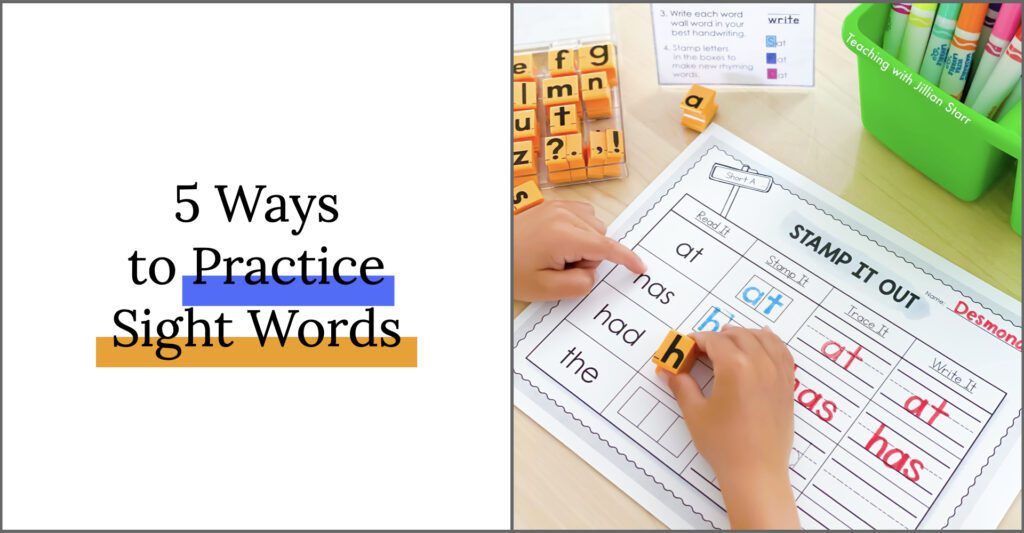
Sometimes it can be a struggle to practice sight words. We all know how important it is for our students to be able to quickly recognize and read these words that show up all the time! What does the research say? What strategies are most effective? How can I practice sight words with my students in a way that they’ll actually enjoy? Let’s dig into all things sight words!
Science of Reading
While we’ve been teaching sight words for many years in our classroom, lately we’re seeing more and more research that tells us how to best support our students with sight words. Digging into this research and the accompanying recommendations have helped me to make sure that I’m offering my students solid opportunities to practice sight words.
Let’s back up and chat about that research for a quick minute. The Science of Reading is a vast body of research studied over decades. This research provides very clear data on how humans learn to read and which practices best support that learning. There is so much to take in, I’m definitely still learning.
For today, we’ll stick with what the Science of Reading tells us about practicing sight words. This information has been so helpful in making sure that I’m providing my students with opportunities to practice sight words that are in line with the research and truly impactful.
Orthographic Mapping
The research tells us that learning sight words is not exactly rote memorization. There’s more that goes into reading sight words quickly and efficiently. If we needed to memorize 200 sight words, that’s A LOT of work and space in our brain… However, if we know ten sounds, we can quickly make so many more than 200 words! We want our students to be able to do just that: see the letters in a word, know what sounds those letters make, and efficiently be able to read that word. We can practice sight words with our students in ways that strengthen these skills.
This process, called orthographic mapping, connects the sounds our students hear with the letters that make those sounds. Students commit these connections memory and can efficiently retrieve them to solve worlds. So while it seems like these words are simply memorized, it is actually this process of quickly and unconsciously pulling these sounds together to form the word. This is important when we think about practicing sight words. It’s not that we need to show our students more and more flashcards until they “get it.” Instead, we can think about building these connections between letters and sounds, especially for these very common sight words.
Flash Words and Heart Words
But wait, Jillian. That won’t work for EVERY sight word. What about “said” and “the” and “yours?” So true! This is where can start to think a little differently about how we practice sight words. We need to think about our lists. Some of us use Dolch, or Fry, or another list provided by our schools, while some of us come up with our own lists.
When we break down our lists of sight words that we teach our students, MANY of those words will actually fit into phonics patterns that we teach our students- like had, with, and think, for example. These words, known as Flash Words, can be taught along with the corresponding phonics pattern with the goal of being able to read them “in a flash.”
There are a smaller set of words that do not fit into any phonics patterns- words like the, said, and because. Students learn that these words, known as heart words, have letters that make irregular sounds. While they can use their letter-sound skills to read parts of these words, they will need to learn and commit to memory (or heart) these irregular parts of the words. This list of heart words to commit to memory is MUCH smaller than our whole list of sight words for the year, so it’s much more manageable for our students.
Knowing this, we can intentionally choose activities that help our students effectively practice sight words.
Sound Boxes
An important way for our students to strengthen their orthographic mapping skills is by using sound boxes (also known as Elkonin, boxes) to practice sight words. Before students are even thinking about the letters that make up a word, we want them to be able to hear all of the sounds in the words.
Sound boxes help our students do just that and can be as simple as two, three, or four boxes in a row drawn on a paper or whiteboard. Each box corresponds to one sound (not necessarily one letter). For a word like “at,” we would give a student a set of two boxes and they could move a counter into each box as they say each sound (a and t). For a word like “that,” there are three sounds, so we’d give students a set of three boxes and they could move a counter to each box, as they say, /th/, /a/, and /t/.
We could follow this with students writing the sounds in the actual boxes. But the important part here is that our students are getting the practice of hearing each sound in the word. As we do more activities to practice sight words, our students will have more opportunities to match the letters to those sounds.
Multi-Sensory Approach to Practice Sight Words
We know that our students all learn in different ways and need different things to learn. Just like we provide students multiple ways to work or access the curriculum, we can provide them multiple ways to practice sight words. Not every student will make these important letter-sound connections by hearing the word spelled and writing it once; yes it will click for a few students, but definitely not all. However, ALL of our students will benefit by having the opportunity to practice these words in a variety of ways.
Enter a multisensory approach to practicing sight words. Often we stick with visual and auditory ways of teaching sight words- listen to how this word is spelled, look at the board and see it written, and then write it. Engaging multiple senses and parts of the brain can support our students in learning and making these letter sounds connections.
There are so many ways that we can engage our students’ learning in a kinesthetic or tactile way. We’ve got to think outside the box a bit, but trust me your students will love it!
Here are some of my favorite multisensory ways to practice sight words:
- Tap the sounds of the sight words as you say the words- on your arm or on your table
- Write the words with your finger in sand or shaving cream
- Build the words out of pipe cleaners
- Roll clay or playdough and form the letters of the sight words
- Write the sight words in the air- fully extending the arm
- Make a hopscotch game with words written in the squares
By incorporating these multisensory ways to practice sight words, we can connect with and support all of our learners.
Literacy Centers to Practice Sight Words
Our students get a daily opportunity to meaningfully practice sight words: Literacy Centers. Literacy centers, especially consistent centers where the activities stay the same and the words change weekly, are such a powerful way to practice and reinforce sight words. Once students know the routine of the center, they can focus on practicing the new words each week.
Some of my favorite literacy centers to practice sight words, also happen to include a multisensory approach and fine motor practice.
- Making Words- students use magnetic letters to build a variety of words with a similar phonics skill
- Stamping- students stamp and write weekly sight words
- Cut and gluing- students cut out, arrange, and glue letters to spell weekly sight words
Students love rotating through each center each week. With multiple ways to practice reading, writing, stamping, and manipulating sight words, students have plenty of opportunities to practice sight words.
Word Work Menus
Since beginning to offer Word Work Menus, my students have been much more engaged in practicing our weekly words. There are choices that involve:
- Different writing utensils
- Typing
- Poetry
- Creative writing
- Connections
- Consonants and vowels
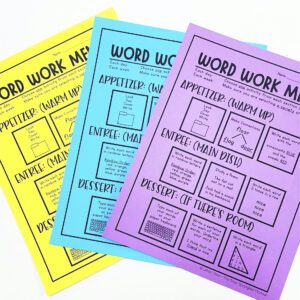
Word Work Menus
Get Word Work Menus that actually WORK! Providing strategic choice will empower your students, while ensuring they’re practicing essential skills!
The power of student choice means that students have a say in which activity they will work on that day. These choices keep my students engaged because they offer fun interesting choices that appeal to a variety of student skills and interests. I feel confident that students are getting meaningful practice because I know that the all choices provided allow students to effectively practice sight words.
Practice Sight Words in Context
We’ve already talked about quite a few ways to practice sight words in isolation. But equally important is practicing sight words in context. We want our students to see these words in a book or sentence and keep right on reading- not get stuck. The more our students get to practice reading and writing these sight words in context, the more it will support their orthographic mapping of that word.
There are so many engaging ways that we can support students reading and writing sight words in context:
- Writing sentences with sight words
- Highlighting words in phonics poems
- Highlighter tape in guided reading books
- Sight word hunt in books, anchor charts, or around the room
I love to capitalize on those “aha” moments in small group lessons or whole group discussions when students notice a sight word. Students get so excited to find sight words in their reading. Connecting to sight words in reading and our environment helps students to strengthen their skills of reading sight words fluently and in context.
I hope you’ve found a few strategies to add to your bag of tricks for practicing sight words. Do you have any strategies you’d add to the list?

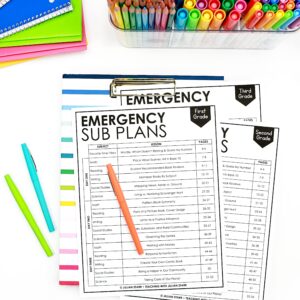

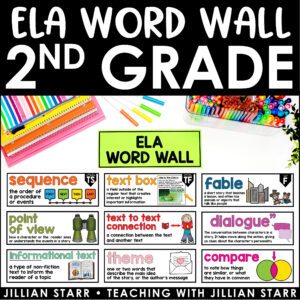
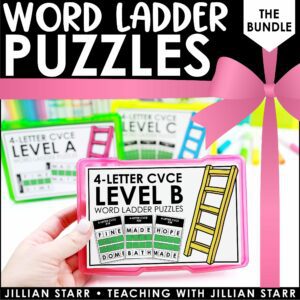
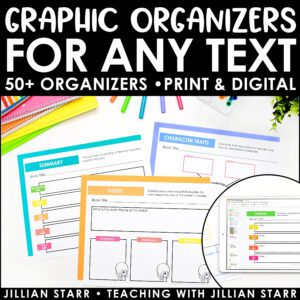
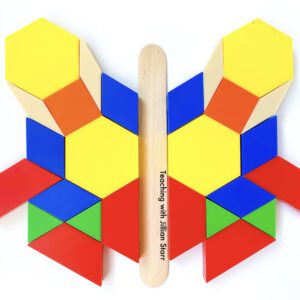
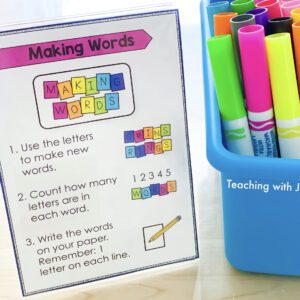
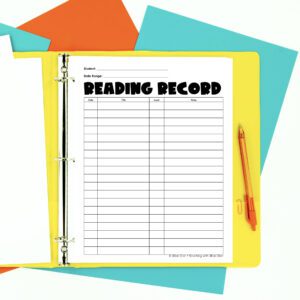


I am reading EVERYTHING you have! This is amazing information. I am a music educator and have been teaching music for 18 years. However, I am currently working on my second Master’s Degree in Educational Leadership. I recently heard the “Sold a Story” podcast and my world has been rocked. My oldest child is a product of incorrect reading instruction. I’m on a mission to learn as much as I can, as he is already in 4th grade. He is getting overlooked because he has been identified by the state as Gifted and Talented. Thank you for all of this very detailed and easy to understand information on the Science of Reading. I hope to be able to carry this knowledge with me to make changes for my child and many other children in my future as a leader. THANK YOU!!